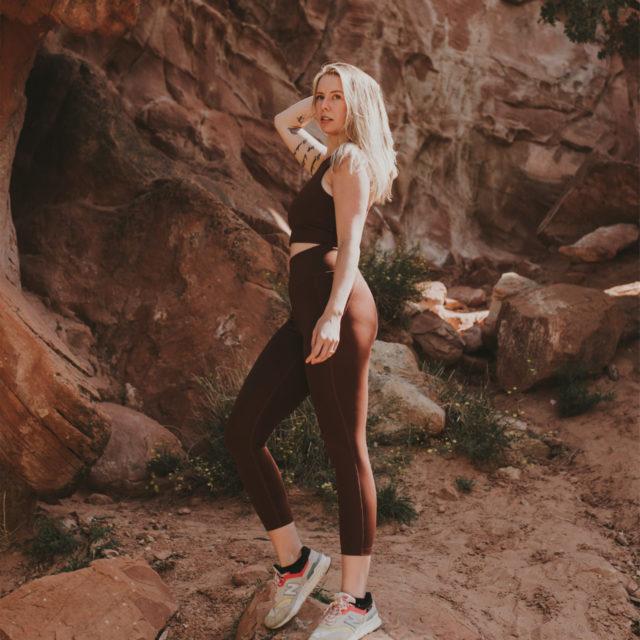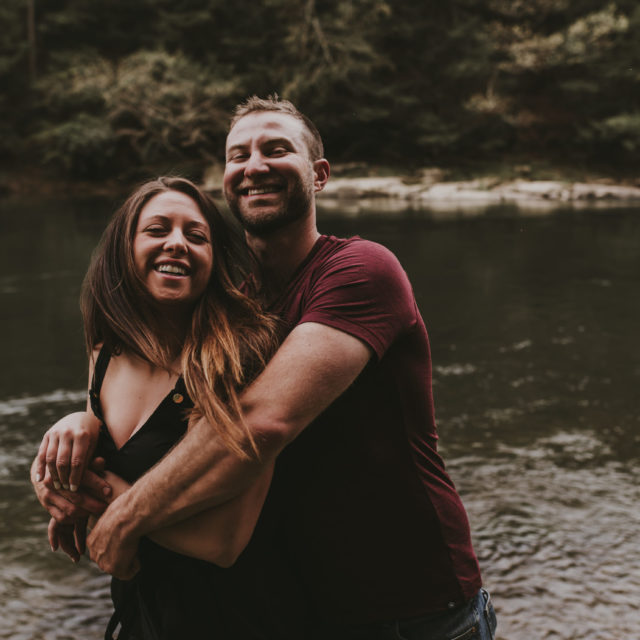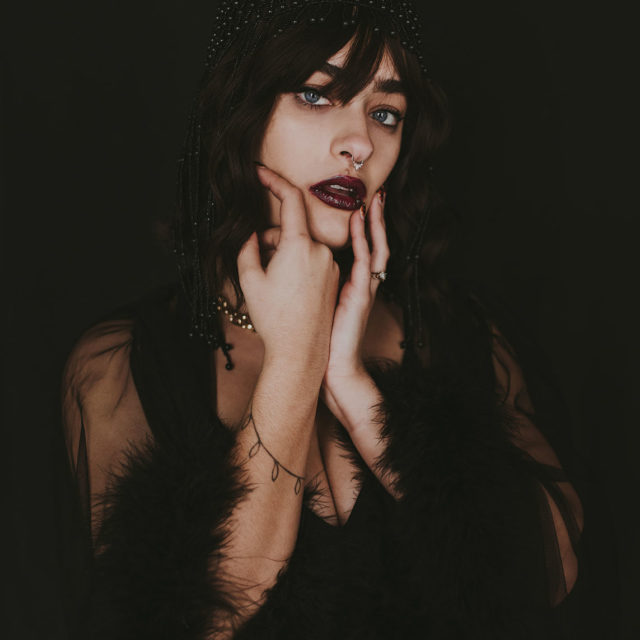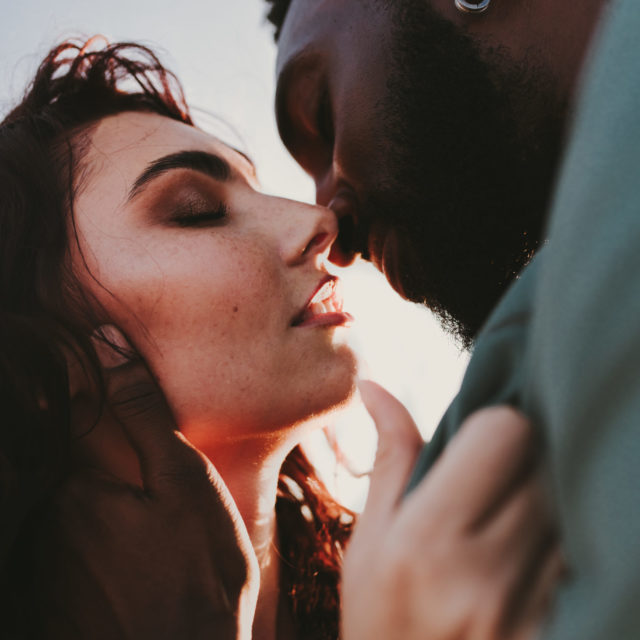I. Introduction to Inclusive Language in Photography
Using inclusive language in photography is essential for creating a welcoming and inclusive environment for everyone. It is important to be mindful of the language we use to ensure that it accurately reflects and respects the diversity of people and experiences. By using inclusive language, photographers can promote inclusivity, representation, and social justice in their work. Understanding the impact of language on representation is key to creating a safe and inclusive space for all individuals.
II. Avoiding Gendered Language
Using gender-neutral terms in photography
- Instead of using terms like “bride and groom,” use “couple” or “partners” to be more inclusive and respectful of diverse relationships.
- Use “subject” or “model” instead of gender-specific terms like “actor” or “actress” to make all individuals feel included and valued.
- When referring to a group of people, use gender-neutral terms like “people” or “individuals” instead of “guys” or “ladies” to avoid excluding anyone based on their gender identity.
Moving away from traditional gender roles and stereotypes
- Challenge the notion that certain poses or styles of photography are only suitable for specific genders. Encourage individuals to express themselves authentically in front of the camera, regardless of societal expectations.
- Emphasize inclusivity and diversity in your portfolio by showcasing a range of subjects from different gender identities, ethnicities, body types, and backgrounds.
- Use a wide range of props, settings, and aesthetics to capture the unique personalities and preferences of each individual, rather than conforming to traditional gender stereotypes.
III. Representing Diversity in Your Work
When it comes to photography, it’s important to represent diversity in your work by including people of different ethnicities, races, and cultures. By doing so, you can create inclusive narratives and stories that resonate with a broader audience. Here are some tips for incorporating diversity into your photography:
- Seek out diverse models and subjects to feature in your photos.
- Be mindful of any stereotypes or biases that may be present in your images.
- Capture authentic moments that reflect the lived experiences of your subjects.
- Use inclusive language and captions when describing your photos.
- Educate yourself about different cultures and backgrounds to ensure accurate representation.
- Collaborate with diverse photographers and stylists to gain different perspectives.
- Incorporate diverse locations and settings into your shoots to showcase a range of experiences.
- Use your platform to advocate for inclusivity and diversity in the photography industry.
By actively working to include diversity in your photography, you can create meaningful and impactful images that celebrate the beauty and richness of the world we live in.
IV. Language for Body Positivity
Avoiding negative or judgmental language about body types
- Use inclusive and positive language when describing people’s bodies.
- Avoid using derogatory terms or making negative comments about body size, shape, or appearance.
- Focus on highlighting the unique beauty of each individual rather than conforming to societal standards.
Celebrating diverse body sizes, shapes, and abilities in photography
- Embrace and showcase a range of body sizes, shapes, and abilities in your photography.
- Capture the beauty and strength of people of all sizes and abilities.
- Challenge societal norms by showcasing diverse bodies in a positive and empowering way.
For more information on body neutrality, visit the following link.
V. Inclusive Language for LGBTQ+ Community
Using respectful and affirming language for LGBTQ+ individuals
- Use correct pronouns when addressing individuals to show respect and affirmation. When sending out a questionnaire to a client, be sure to ask them what pronouns they would like to be used.
- Avoid making assumptions about someone’s gender or sexual orientation.
- Use inclusive terms such as “partner” or “significant other” instead of assuming a person’s relationship status.
- Respect names and gender identities.
It is important to always use language that supports and respects the LGBTQ+ community.
Capturing their experiences and stories with sensitivity
- Listen to their stories and experiences with an open mind and heart.
- Understand the nuances and struggles that the LGBTQ+ community may face.
- Reflect their unique identities and expressions in your photography.
- Be aware of the power dynamics and privileges you may have as a photographer.
- Ensure that your photos do not perpetuate stereotypes or reinforce any negative narratives.
By capturing the experiences and stories of the LGBTQ+ community with sensitivity, you can contribute to their visibility, representation, and empowerment.
VI. Disability-Inclusive Language in Photography
When it comes to representing people with disabilities in photography, it’s important to use inclusive language that respects and empowers them. Here are some tips to ensure your language is disability-inclusive:
Representing people with disabilities in a respectful and empowering way
• Focus on the person, not the disability: When describing someone with a disability, emphasize their identity as a person first, and then mention their disability, if necessary. For example, instead of saying “disabled person,” say “person with a disability”.
• Avoid derogatory language: Steer clear of using terms that objectify or demean individuals with disabilities. Use respectful and empowering language that acknowledges their individuality and uniqueness.
• Use person-first language: Choose phrases that put the person before their disability. Instead of saying “a disabled person,” say “a person with a disability.” This helps shift the focus on their abilities rather than their limitations.
Using language that acknowledges and respects their abilities
• Highlight their strengths: Focus on the talents, skills, and abilities of individuals with disabilities in your photography. This helps to challenge stereotypes and promote a more positive and inclusive representation.
• Avoid sensationalizing language: Refrain from using exaggerated or sensational language that may perpetuate stereotypes or create a misunderstanding about individuals with disabilities.
• Educate yourself: Take the time to learn about different disabilities and the experiences of individuals with disabilities. This will help you use more accurate and informed language when describing and representing them in your photography.
By using disability-inclusive language in photography, you can create a more respectful and empowering representation of people with disabilities while promoting inclusivity and breaking down barriers.
VII. Cultural Sensitivity and Language
Respecting cultural identity and heritage through language
- Be mindful of the language you use when interacting with people from different cultures.
- Use inclusive language that respects and acknowledges cultural identities and heritages.
- Seek to understand the cultural significance of words and phrases before using them in your photography.
Avoiding cultural appropriation and stereotypes in photography
- Do not use cultural symbols, attire, or traditions without proper understanding or permission.
- Avoid perpetuating stereotypes or exoticizing cultures in your photography.
- Instead, focus on capturing the genuine beauty, diversity, and uniqueness of each culture while treating it with respect and authenticity.
VIII. Conclusion
The importance of using inclusive language as a photographer
Using inclusive language as a photographer is crucial in promoting diversity, equality, and representation in the field of photography. By being mindful of the language we use, we can create a more inclusive and welcoming environment for everyone. Here are a few key points to remember:
• Inclusive language acknowledges and respects the diversity of individuals and avoids perpetuating stereotypes or biases.
• It promotes equality by ensuring that all individuals are represented and included in photography.
• Inclusive language helps to create a more welcoming and inclusive atmosphere for clients and models from all backgrounds.
By using inclusive language, photographers can play a vital role in promoting diversity and equality in the industry. Let’s strive to be conscious of the words we use and continue to foster an inclusive and representative photography community.






